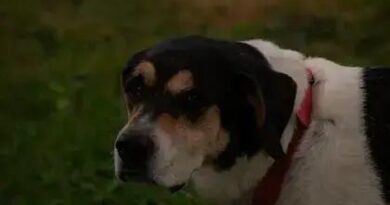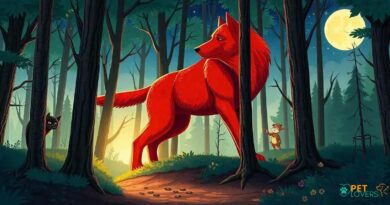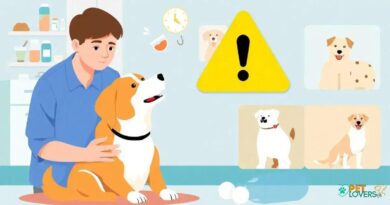What is Hound group
What is Hound Group?
The Hound Group is a classification of dog breeds recognized by various kennel clubs, including the American Kennel Club (AKC). This group is primarily composed of breeds that were originally bred for hunting purposes. Hounds are known for their keen sense of smell and exceptional tracking abilities, making them invaluable companions for hunters. The Hound Group is diverse, encompassing both scent hounds and sight hounds, each with unique characteristics and skills.
Scent Hounds vs. Sight Hounds
Within the Hound Group, there are two main categories: scent hounds and sight hounds. Scent hounds, such as Beagles and Bloodhounds, rely on their acute sense of smell to track scents over long distances. They are often used in search and rescue operations and for tracking game. On the other hand, sight hounds, like Greyhounds and Whippets, depend on their exceptional eyesight and speed to chase down prey. These breeds are known for their agility and grace, making them popular in racing and lure coursing events.
Characteristics of Hound Breeds
Hound breeds exhibit a variety of physical and behavioral traits that set them apart from other groups. Many hounds have long ears and a keen sense of smell, which aid them in their hunting tasks. They often possess a strong prey drive, making them enthusiastic and energetic companions. Hounds are typically friendly and sociable, but they can also be independent and stubborn, requiring consistent training and socialization to thrive in a home environment.
Popular Breeds in the Hound Group
Some of the most popular breeds in the Hound Group include the Dachshund, Basset Hound, and Afghan Hound. Each of these breeds has its own unique history and characteristics. For example, the Dachshund was originally bred to hunt badgers, while the Basset Hound is known for its exceptional sense of smell and laid-back demeanor. The Afghan Hound, with its long, flowing coat, is recognized for its elegance and grace, making it a favorite in dog shows.
Hound Group in Dog Shows
In dog shows, the Hound Group is often one of the most anticipated categories. Judges evaluate hounds based on breed standards, which include criteria such as coat texture, size, and overall appearance. The competition can be fierce, as many hound breeds have loyal fan bases and dedicated breeders. Winning a title in the Hound Group can significantly enhance a breed’s reputation and popularity among dog enthusiasts.
Training and Care for Hounds
Training a hound can be both rewarding and challenging. Due to their independent nature, hounds may not always respond to commands as eagerly as other breeds. Positive reinforcement techniques, such as treats and praise, work best to motivate them. Regular exercise is crucial for hounds, as they have high energy levels and require ample opportunities to run and explore. Additionally, grooming needs vary by breed, with some hounds requiring regular brushing to maintain their coats.
Health Considerations for Hound Breeds
Like all dog breeds, hounds are prone to certain health issues. Common concerns include hip dysplasia, ear infections, and obesity. Regular veterinary check-ups and a balanced diet are essential to keep hounds healthy. Potential owners should research specific breeds to understand their unique health risks and ensure they are prepared for the responsibilities of dog ownership.
The Role of Hounds in Society
Hounds have played significant roles in various societies throughout history. Beyond their hunting capabilities, many hounds serve as therapy dogs, providing comfort and companionship to those in need. Their friendly and gentle nature makes them well-suited for this role. Additionally, hounds are often featured in popular culture, appearing in movies, books, and television shows, which further enhances their appeal to dog lovers.
Adopting a Hound
For those considering adding a hound to their family, adoption is a wonderful option. Many hounds are in need of loving homes, and shelters often have a variety of breeds available. Adopting a hound not only provides a dog with a second chance at life but also enriches the owner’s life with companionship and joy. It is essential to consider the specific needs and characteristics of the chosen breed to ensure a good match for both the dog and the owner.




